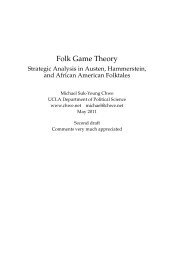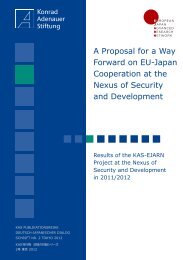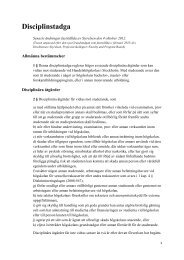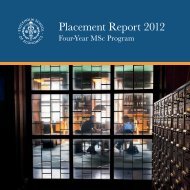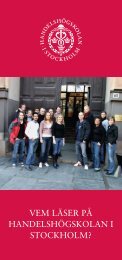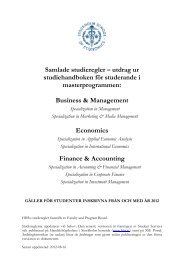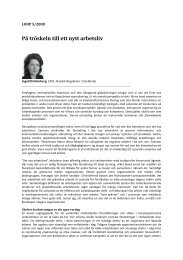Microfinance Banks and Household Access to Finance
Microfinance Banks and Household Access to Finance
Microfinance Banks and Household Access to Finance
- No tags were found...
Create successful ePaper yourself
Turn your PDF publications into a flip-book with our unique Google optimized e-Paper software.
The results presented in Appendix 3 confirm our findings for the subsample of householdswhich are located close <strong>to</strong> a retail bank. In this subsample, a new ProCredit branch isassociated with an increase in bank account use by 27 percentage points (Panel A – 10 kmradius) <strong>and</strong> 32 percentage points (Panel B – 20 km radius), respectively. As a result of theabove mentioned changes in sample composition we can no longer estimate reliabledifference-in-difference effects for the subsample of households which are not close <strong>to</strong> a retailbank. The reason is that in Panel A we observe only 10 household pairs which are not close <strong>to</strong>a retail bank <strong>and</strong> where ProCredit opens a new branch between 2006 <strong>and</strong> 2010. In Panel B weobserve 9 such households.The univariate results displayed in Table 6 are confirmed by the multivariate analysispresented in Table 7. Here we report the outcome of first-difference GLS regressions relatingthe change in account use (D.Account) within each household pair over time <strong>to</strong> the change inProCredit being within a five kilometer travel distance (D.ProCredit close). The regressiondoes not include the covariates Town close, Low income or Informal income as householdspairs are matched on these characteristics. We control for differences in all socioeconomiccharacteristics within household pairs that are not used in the matching procedure <strong>and</strong> thusmay vary across observation periods. St<strong>and</strong>ard errors are reported in brackets <strong>and</strong> areclustered at the matched household pair-level.Column (1) of Table 7 provides estimates for the subsample of household pairs which areclose <strong>to</strong> the retail bank, while column (2) provides estimates for households which are notclose <strong>to</strong> the retail bank. We find that for households that are close <strong>to</strong> a retail bank the use ofaccounts increases by 26 percentage points when ProCredit opens a new branch within thefive kilometer travel distance radius between 2006 <strong>and</strong> 2010. For households which are notclose <strong>to</strong> a retail bank the effect from a new ProCredit branch is an increase in the use bankaccounts by 38 percentage points. Thus in line with our univariate results these multivariateresults suggest a significant volume effect of new ProCredit bank branches. Moreover, our20




